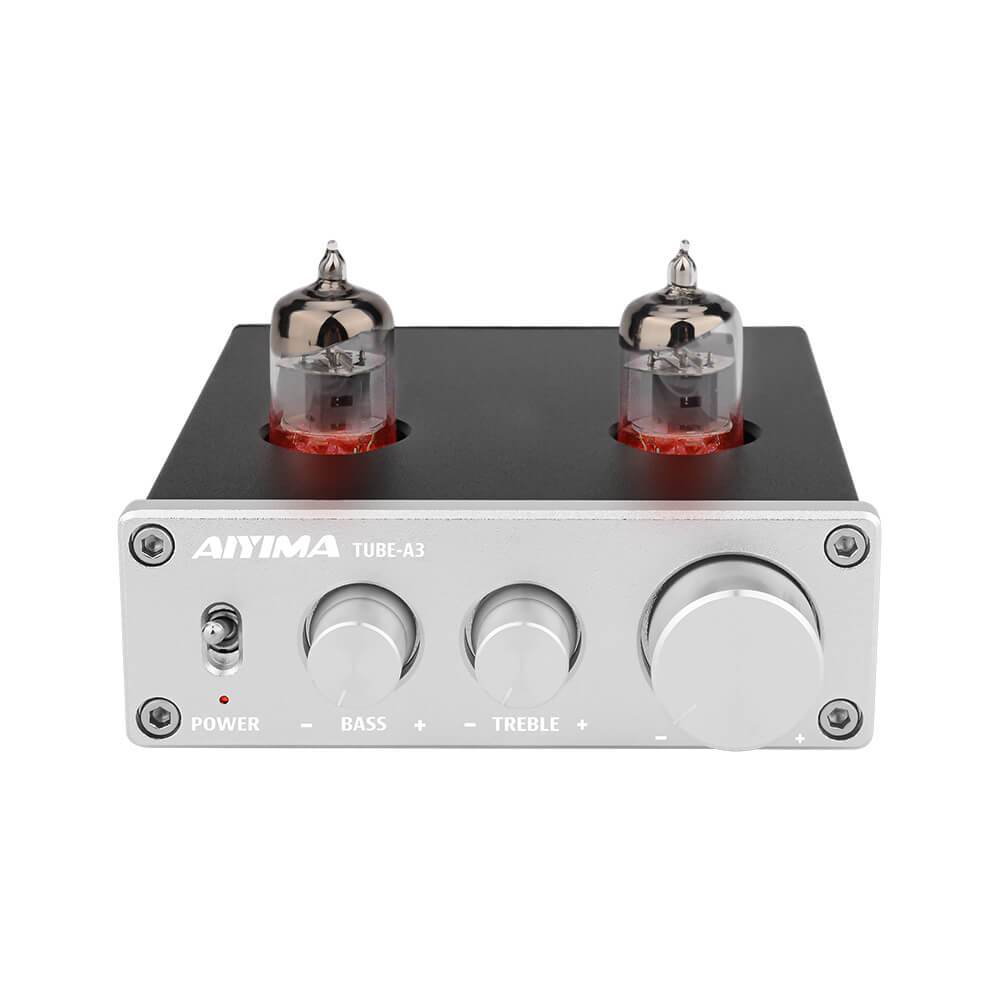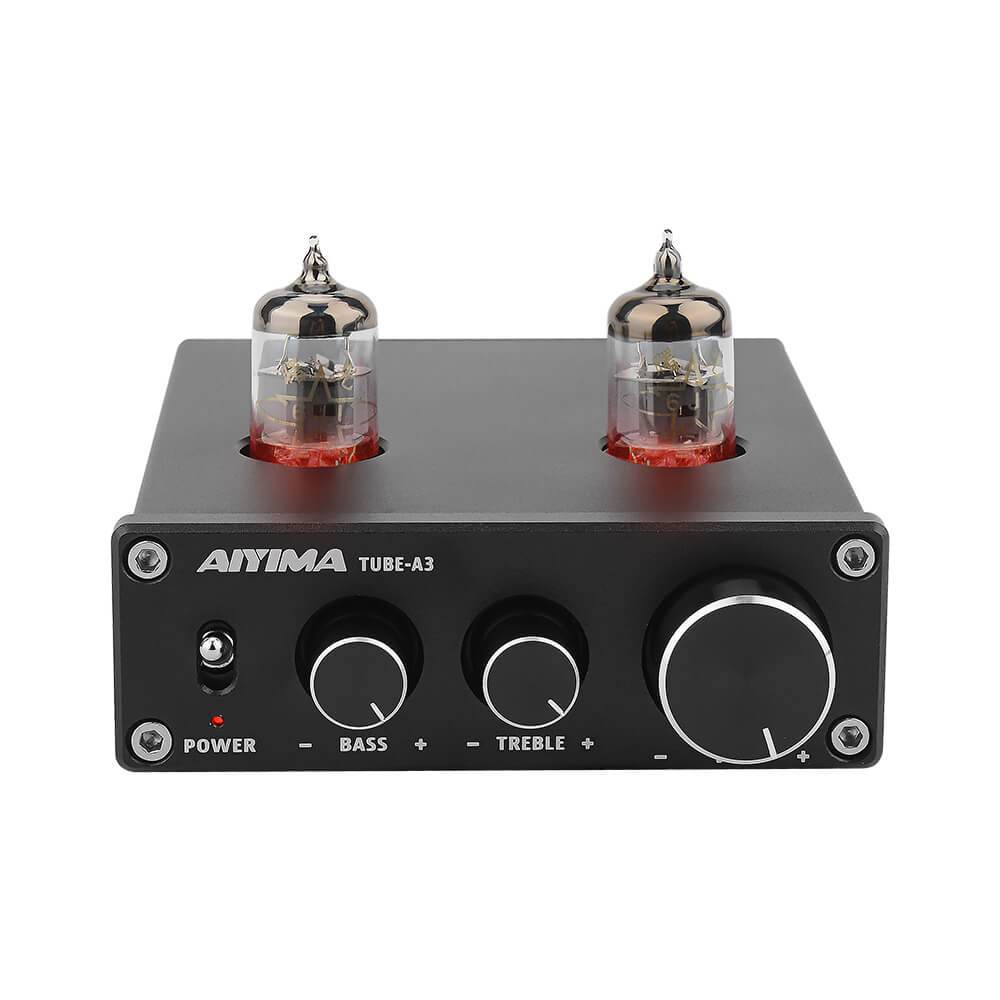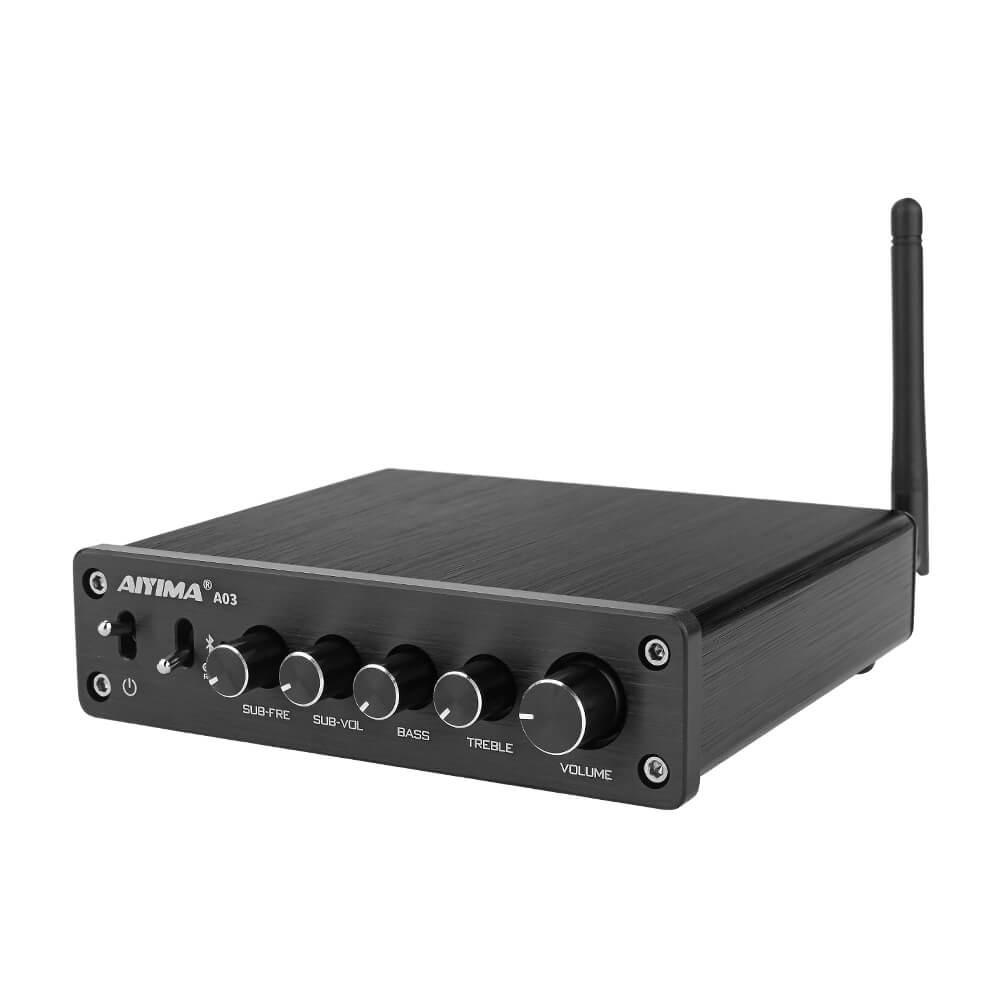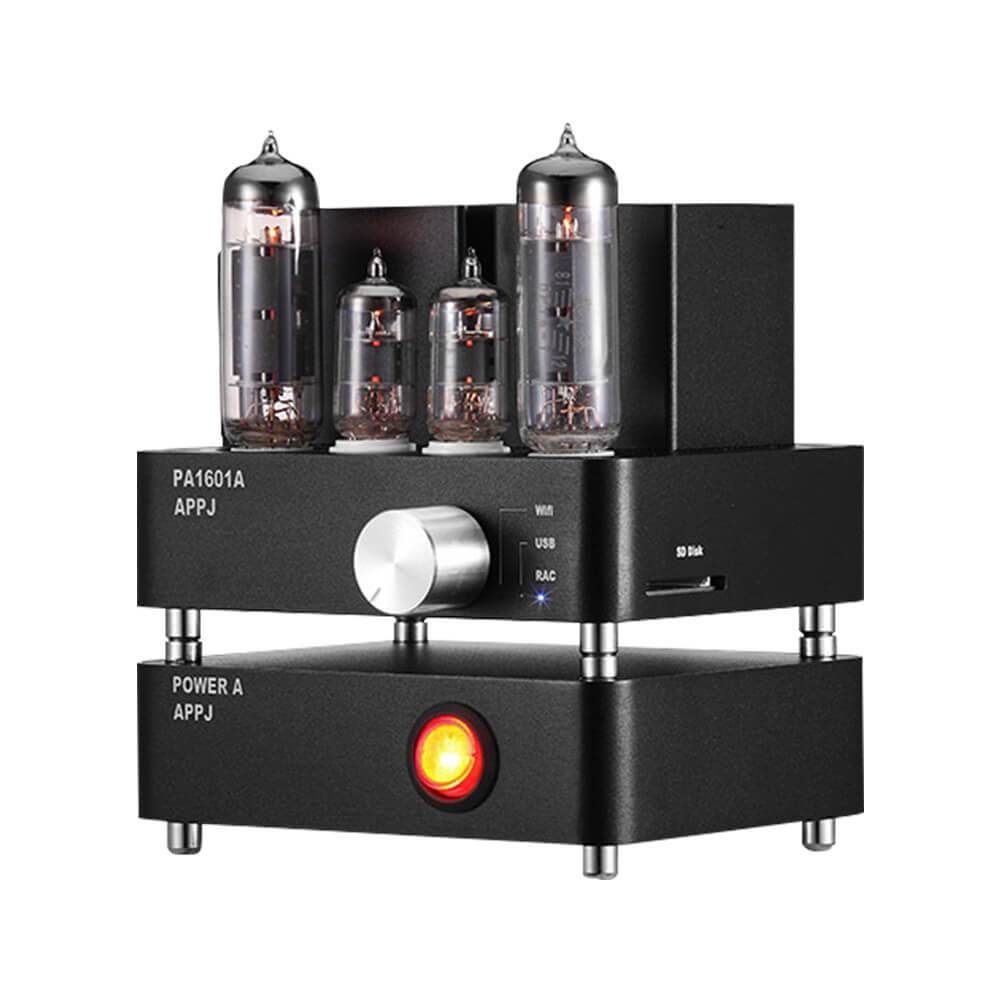Definition:
The professional name of the pre-amplifier is: The preamp is also the part that has the biggest influence on the sound in the whole set of equipment? It is a device that provides appropriate audio level signals and adjusts the sound quality (commonly known as preamplifier, connected between the audio source and power amplifier).
The professional name of the post-stage power amplifier is: pure post-stage power amplifier This is the real power amplifier part, which has a great impact on dynamics and low-frequency control. It is a device that simply amplifies the "pre-stage" audio signal to provide sufficient power to drive the speaker sound (always connected in front of the speaker).
And the common amplifier in the general family should be called the front and rear integrated amplifier.
Features:
Post amplifier (pure post amplifier):
The input signal of the post stage is very simple, that is, it accepts the output of the previous stage. But the load of the rear stage is the speaker, which is what makes many audio fans and even magazine review writers confused. The post stage is the front stage load, which is a high impedance load; the horn is the rear stage load, which is a low impedance load. It looks almost the same, only one word apart, but the high or low impedance makes it easy to push or not move. The current stage is connected to a high-impedance post stage, which mainly provides a suitable output voltage because the post stage amplifier.
Pure post stage power amplifiers need pre-amplifiers to drive them. Pure post stage power amplifiers usually have a power of a few hundred watts or more. They are usually used in some professional places, and multiple units work simultaneously to drive different speakers. The amplifier circuit therefore does not have a low-level input port, and there is no jack for high-impedance input signals such as a microphone. This requires a preamp or mixer in front of him to control the signal. Pre-amplifiers and pure post stage power amplifiers are also integrated into one, usually with a power of less than 300 watts, which is used in smaller places, such as home use or KTV.
Preamp:
Pre-amplifier refers to the circuit or electronic equipment placed between the source and the amplifier stage. It is designed to accept weak voltage signals from the source.
The preamplifier is used to amplify the weak signal. Generally, the signal is first passed through the electrolytic capacitor to filter out the high frequency noise signal, and then enter the negative feedback op amp to amplify the signal. Power amplifier generally refers to the power of amplifying AC signals, that is, the current and voltage of amplifying electrical appliances without signal distortion. The front is placed close to the detector, the transmission line is short, and the distributed capacitance Cs is reduced, which improves the signal-to-noise ratio. The signal is preliminarily amplified by the preamplifier to reduce the relative influence of external interference. The preamp is designed for high input impedance and low output impedance for impedance conversion and matching.
If you talk about technology alone, the front stage requires more elaborate requirements than the rear stage, and it is more difficult to do well. If you need to add a special power cord, you must not use a good line in the rear stage because the current of the rear stage is large. It should be the front stage. level.
The preamplifier is generally connected to a pure rear stage power amplifier, the front stage output is connected to the input of the rear stage, and the rear stage is connected to the speaker. The preamp is to amplify the voltage, and the pure rear-stage power amplifier is to amplify the current. The preamp is the linking device between various audio source equipment and power amplifier. The output signal level of the audio source equipment is relatively low, which cannot promote the normal operation of the power amplifier. The preamplifier plays the role of signal amplification.
Summary:
Amplifiers are generally divided into front-stage amplifiers, rear-stage amplifiers and merged-stage amplifiers. The merger machine combines the front-stage and rear-stage machines into one. The front stage is used to preliminarily amplify the signal and adjust the volume; the latter stage is to amplify the signal from the prestage to a large extent to promote the speaker. Every day I see and buy a merger machine.
Focus on Audio





Leave a comment
This site is protected by hCaptcha and the hCaptcha Privacy Policy and Terms of Service apply.